When I opened the prototype copy of the Bunny Party at Maple Valley, I didn’t see the components or a rulebook; what I saw was a ‘Travel Guide.’ This Travel Guide highlights the various places in this fictional village such as the Funny Bunny Cafe or Big Leaf Park. On the back of the Travel Guide is the Daily Hoot, explaining the origins of a prestigious party in this small village. Was I playing a heavy euro game? Is this a legacy game? No, it’s a 20-minute card game.
As soon as I saw this attempt to enthrall me into its setting, I knew something was up. Even at its prototype state, this is one of the most gorgeous filler games I have played in the past few years. However, I do pride myself as a reviewer that likes to get into the guts of a game, and there was one feature that grabbed my attention: There are two winners.
To start the party and win the game, you need five decorations of one type. Depending on the type, which is Moon or Stars, one of your neighbors will also win. Why? Every good party requires a co-host.
At the start of the game, you will get an ID card representing who you are and your rule-breaking power. You have a name, an occupation, and…an astrology sign? That detail is usually left out, although I do highly question “Grandma” as an occupation.
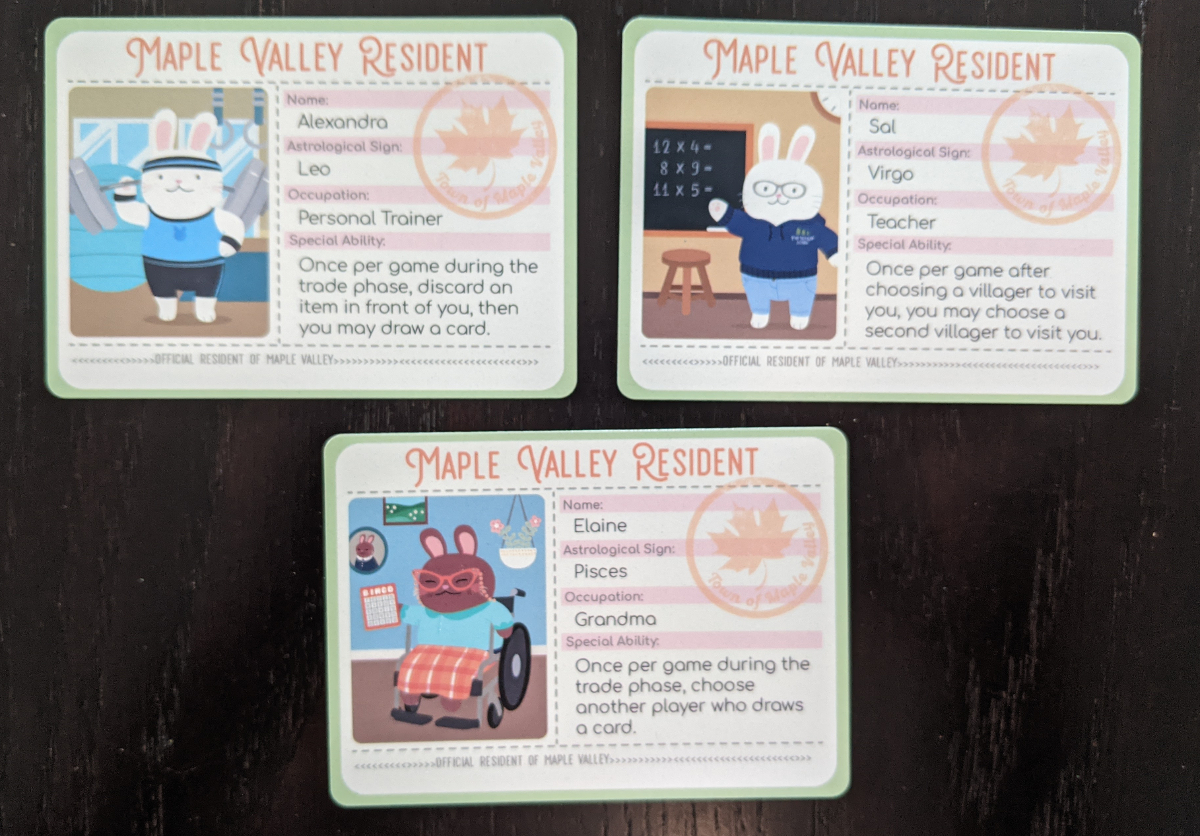
Friendly Neighbours, For Now
Each round begins with everyone drawing a small hand of cards and getting a trade token. One villager card is put aside while the rest are face up on the table.
From there, you must choose one card to Tidy Up. You will either place this card in the discard pile, or you give it to another player face down and spending a trade token. We’ll explain the importance of that last bit later.
After everyone has done this, the Villagers will visit the players by drafting them. Every single Villager has a potent ability for the players to use, and like any other drafting game, timing is crucial.
What I love about this is how well it ties to its theme. This is a game about collaborating with your neighbors to host a kick-ass party in a village. These villagers also have their own lives and want to help out because, well, it’s a party, and they want in.
Every Villager card showcases not only their ability but also their occupation, name, and casual clothes. Matt the Trash Racoon is good at giving trash to other players, but the man is a huge fan of the Honey Badgers, and even though they didn’t win a single game last season, he doesn’t care. Kyle the Mailbird can bring you good news or bad news, yet he gets an invite because he knows how to pop a mean collar.
All these small details craft this joyful but living aesthetic that we don’t see in many board games. Compared to the hundreds of games about colonization or war, it’s a nice change of pace to see a game focused on the sunnier side of life. However, I am not implying that this isn’t competitive. It can be a little mean, and the first sign of this is the Play Cards phase.

Trading And Planning
After everyone has picked a Villager, you will play all the cards in your hand, one at a time. This includes any cards placed in front of you during the Tidy Up phase. Item cards are permanent and placed in front of you, while Event cards are one-time use.
This is where the collaborations come into fruition. Not every card is helpful, and sometimes you will get these cards due to an unlucky draw or one of your “friends” giving it to you. If you are helping a fellow neighbor, they might give you beneficial cards to get you out of a sticky spot. Don’t be surprised if this game becomes a tug of war between charity and greed, sometimes coming from the same person.
Once all the cards have run out, what’s next? Trading. Every item in front of you is negotiable, and you have to spend a trade token to make it happen. The other rule of a trade is the approval of the other party, and they have to spend trade tokens as well. This means every single trade has some weight behind it since you are sacrificing a resource to make it work as well as exchanging a valuable item. Outside of the mechanism layer, it also creates this social environment with players happily trading in one turn, and the next turn they aren’t even looking at each other.
Because of this system, it puts you in an interesting dilemma. You have to decide between exchanging items with other players or take a risk and draw cards that might lead down a rabbit hole full of terrible things such as an ugly family heirloom. It might look like a simple game, but there are enough decisions here to grab your attention.
Once everyone has traded, check to see if anyone has five decorations of the same type. If they don’t, next round.
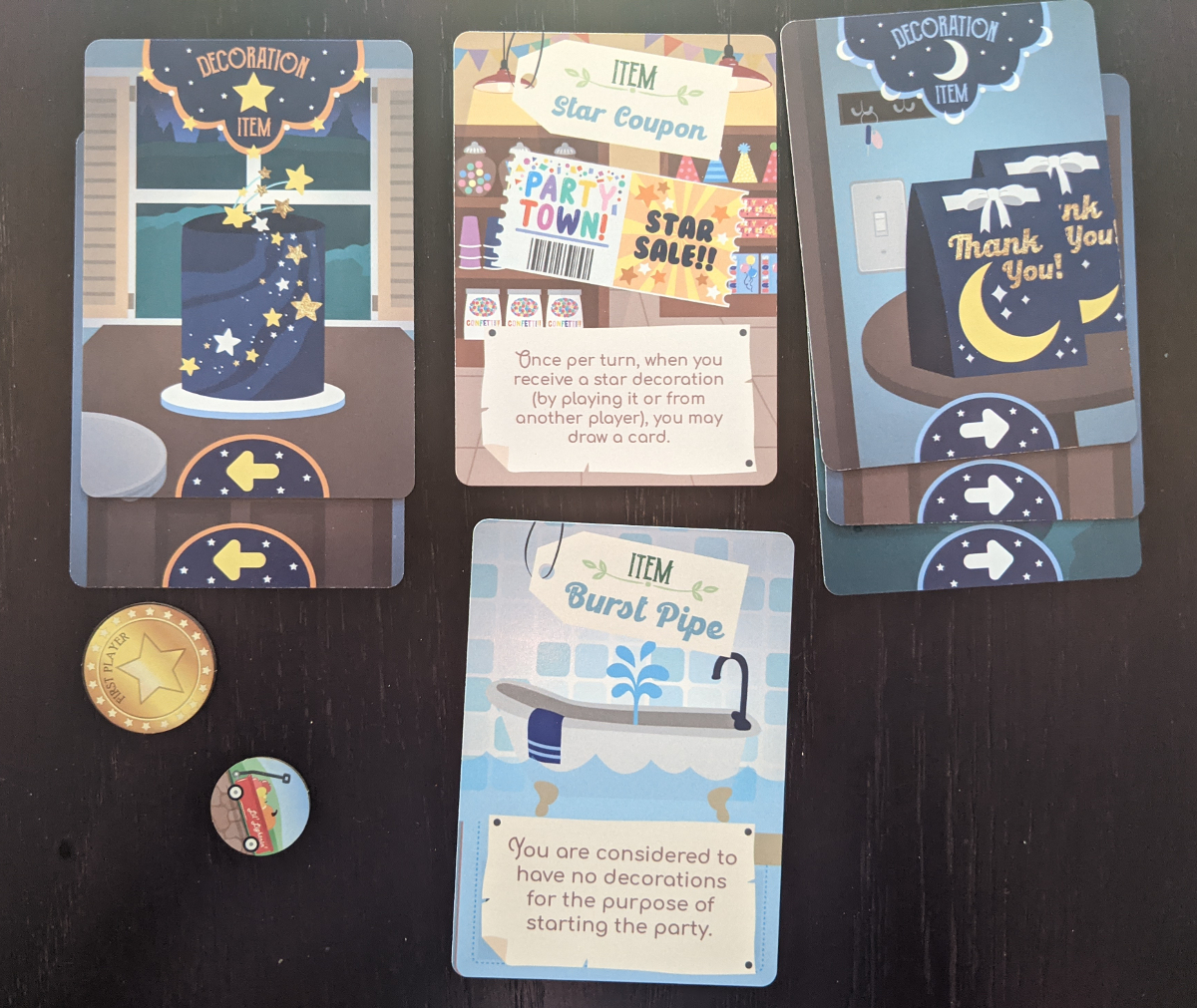
So Much In 20 Minutes
This game is cheating.
Fillers are supposed to be one-trick ponies. They are often focused on one particular gimmick or mechanism and focus the entire gameplay around that one aspect. I’ll name drop a few games to prove my point.
Sushi Go? Drafting.
Point Salad? Set collection.
Cockroach Poker? Bluffing.
Buy the Vote? Auctions.
The Mind? Mind reading.
Cards Against Humanity? Garbage.
Yet based on what you’ve read so far, this game has several layers like a good lasagna. We have drafting, negotiation, trading, card play, set collection, and take-that all packaged into a twenty-minute game. You would assume this game would break its back under all this weight, but it continues to move forward like it’s in a Strongman competition.
All these mechanisms and aesthetics create this funny narrative for everyone to enjoy, even for the player being the butt end of the joke. For example, Alexandra the Personal Trainer wants to host this year’s party, only to get Bad Reception and an Outdated Map. After her lunch, she waits patiently for Kyle the Mailbird since she is expecting a package from her aunt to arrive today. Kyle comes by, papers are signed, and she tears open the package only to find one ugly painting.
Yes, It’s Random, So What?
I’ll admit that some people will likely retch at the idea of a random experience. It was never the game’s intention to be a deep or strategic game, and you can lose due to bad draws. While luck does play a part, I enjoy it so much because of the engagement and the short time frame. The back-to-back decisions you have to make through the game’s many phases are just enough to keep your brain juices flowing.
None of this would work if it wasn’t for the subtle changes to the card game formula. Forcing everyone to play every card means less downtime, with the only concern being the play order. Combine that aspect with a deck mixed with harmful and beneficial cards, suddenly the notion of card drawing might be a bad idea. Playing aggressively against other players means sacrificing goodwill for future trades and partnerships. The Villagers with their potent abilities also play a viable role in this structure, potentially upsetting the game state. One example of such a villager is Abigail. She is the most threatening villager in this entire game.
I know that sounds completely off, considering Abigail is the least intimidating name on the planet, but underestimating this opossum is a fatal mistake. If she visits you, she counts as one extra decoration of both types and grants you the power to win alone.
When I read this, my monkey brain thought it was a dumb idea. Creating an effect that undermines the selling point of your game seems silly. After playing this about six times or so, I was wrong like an article from The Onion. The existence of Abigail’s power shakes up the entire foundation of the game and puts tension behind every trade. You want to help other players out, but not too much. It’s shrewd things like this that make me appreciate the design of this game.
Some people will probably think I’m crazy for praising a game that’s driven by card draws. I will outright admit that this game will likely not win awards due to its simplistic nature, but I don’t care. I had fun because it’s silly, quick, engaging, and to the point. I have played many gateway card games such as The Mind or Cockroach Poker, and I can easily see this one sitting comfortably next to them.
Prototype copy provided by the designer. You can check out the Kickstarter here


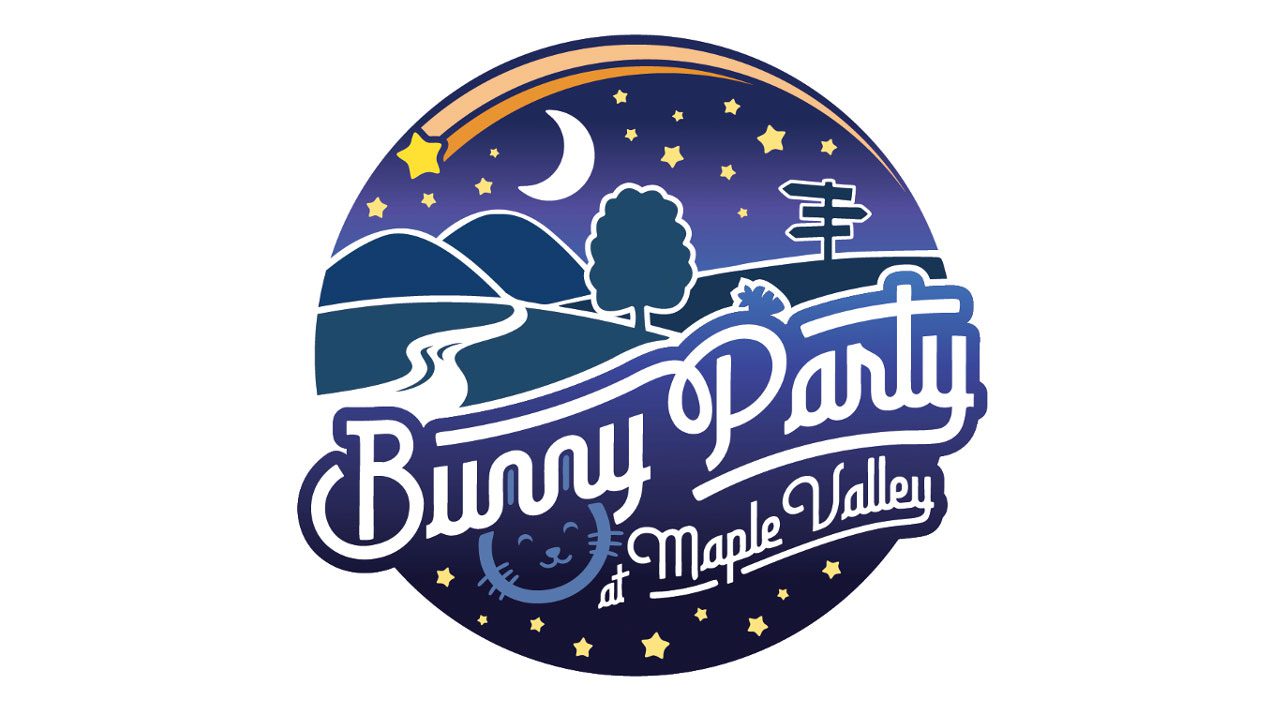
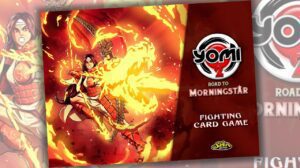
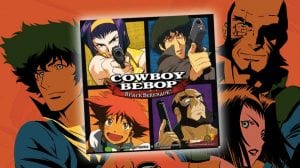

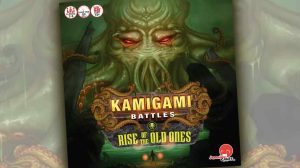




Add Comment